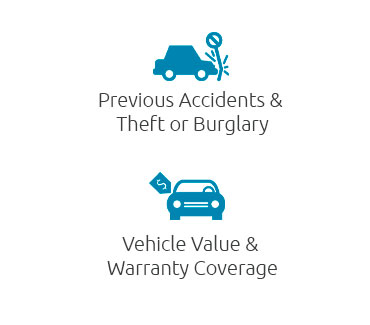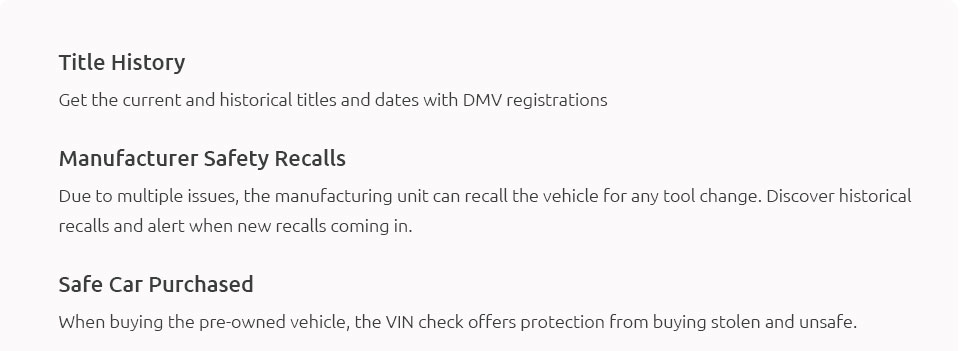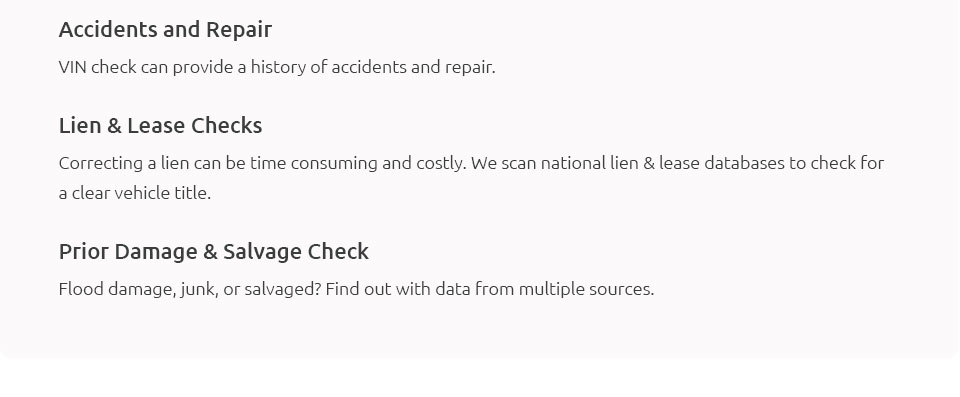 |
 |
 |
 |
 |
||
 |
 |
|
 |
 |
|
 |
 |
 |
 |
||
 |
 |
 |
 |
 |
 |
||||
|
||||
 |
 |
Unveiling Car Details Through the VIN NumberIn the vast and ever-evolving world of automobiles, where every car holds its unique identity, the Vehicle Identification Number, or VIN, stands as an integral key to unlocking a myriad of details about any vehicle. While many might overlook this seemingly innocuous string of characters etched onto the chassis, it serves as the automotive equivalent of a DNA strand, rich in information and history. The VIN is a 17-character alphanumeric code, a standardized system that the automotive industry adopted in 1981, allowing for a globally coherent method of vehicle identification. Each segment of the VIN holds specific data. For instance, the World Manufacturer Identifier (WMI), which occupies the first three characters, reveals the vehicle's country of origin and the manufacturer. The Vehicle Descriptor Section (VDS), spanning from the fourth to the ninth character, describes the vehicle type and may include engine information and model details. Moreover, the Vehicle Identifier Section (VIS) follows, detailing the specific vehicle's attributes such as assembly plant and production number. This structured format ensures that no two vehicles share the same VIN, offering a unique fingerprint for each car. Accessing the details embedded within a VIN can be immensely beneficial for prospective car buyers, collectors, or anyone with a keen interest in their vehicle's lineage. With a quick VIN lookup, one can uncover the car's build sheet, decode the manufacturing details, and even track its service history and any recorded accidents or repairs. Such transparency can significantly enhance buyer confidence and inform purchasing decisions, especially in the pre-owned car market. Why is this important? Knowing a car's history not only informs about potential mechanical issues but also helps ascertain its value and authenticity. In a world where cloned VINs and counterfeit documentation can sometimes surface, having a reliable VIN check can protect consumers from fraudulent transactions. Insights into the Future suggest that as technology progresses, the information accessible via a VIN will expand, potentially integrating with digital platforms for real-time updates about the vehicle's condition and usage. This evolving utility underscores the VIN's enduring significance in the automotive landscape. In conclusion, while it may seem like just a sequence of numbers and letters, the VIN is a gateway to a treasure trove of information, offering both enthusiasts and everyday drivers a deeper understanding of their vehicles, and empowering them with the knowledge to make informed decisions. As we continue to embrace digital advancements, the role of the VIN in vehicle identification and data transparency will undoubtedly remain pivotal. https://vincheck.info/
While a VIN decoder focuses on providing basic vehicle details based on the VIN numbers or characters, a VIN check offers a deeper and more thorough examination ... https://www.consumerreports.org/cars/cars-driving/vehicle-identification-number-can-tell-you-a-lot-about-a-car-a3317492422/
For decades, every passenger vehicle sold in the U.S. has a VIN, a unique combination of numbers and letters that, when decoded, can tell you ... https://www.edmunds.com/how-to/how-to-quickly-decode-your-vin.html
A vehicle identification number (VIN) is the 17-digit "name," made up of numbers and characters, that an automobile manufacturer assigns to an individual ...
|



